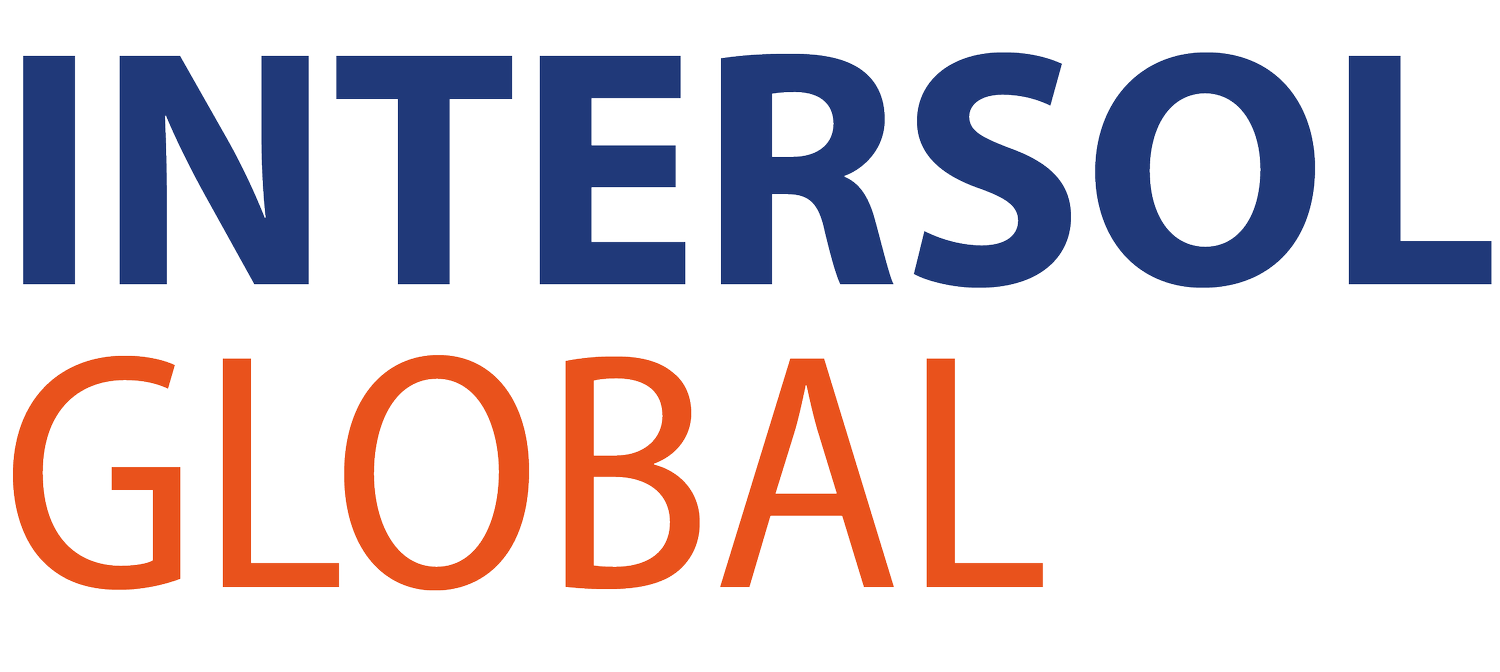WORKPLACE ONLINE REPORTING TOOLS
Workplace Online Reporting Tools.
Our MD and Operations Lead, Mick Confrey, was asked in a recent workshop exploring workplace reporting hotlines and anonymous information –
“What can we do with all the anonymous information that these reporting tools inevitably deliver”?
A topical question on the day that the UK police announced the nationwide launch of their reporting hotline.
His response:
“This is a question I’m often asked by businesses and entities who have been at the forefront of adopting online reporting tools to facilitate the reporting of issues such as bullying, harassment, and sexual misconduct.
My simple answer is that doing nothing, because anonymous reports cannot be used in a grievance or discipline process, is not an option. Doing nothing also inevitably leads to the tool falling into disrepute and employee disillusion.
I support online reporting tools, as in my view they have revolutionised our understanding of the issues affecting employees.
To understand the process of turning information into actionable intelligence, even evidence, let’s examine the journey of information provided via the online reporting tool.
Information is the raw data provided to you at the point the report is made.
If that information is in the form of a named complaint from a person willing to avail themselves of the grievance or discipline procedure, then we can move forward with an informal/formal investigation process to gather evidence to support or contradict this original information in the knowledge and understanding that as an employer we have a duty of care to do all we reasonably can to support employees’ health, safety, and wellbeing.
If the information is in an anonymous form that does not fit a grievance/discipline process, then that information needs to go through an analytical process to turn it into intelligence. This intelligence can then be used to make management decisions to measure and respond to emerging issues and trends and prevent them happening again.
That analytical process, sometimes known as a management led investigation, allows management to properly scope the issues raised by conducting surveys and safe space interviews with staff, resulting in an executive summary overview of the problem without naming specific individuals.
For example, 25 staff were interviewed in relation to misogynistic behaviour in the workplace. Of those 25 staff 68% stated that they had witnessed misogynistic behaviour. This is the intelligence that management can then act upon to address culture in the workplace or review the effectiveness of existing training to prevent and address these behaviours.
Often, the trust established during management led investigations allows individuals who may have previously been reluctant, through lack of confidence in the management for example, to surrender that anonymity, availing themselves of the grievance/discipline policies to formally report incidents.
The expansion of online reporting tools and hotlines is to be welcomed, inaction using the excuse of anonymity less so and simply stores up problems for the future.
At Intersol Global we work strategically with partners to deliver external and impartial investigation training and support so that you can investigate low-risk volume issues better and confidently trust us as your ‘safe pair of hands’ to investigate those rarer high-risk complex issues on your behalf using specialist, trauma informed, skills and techniques.


